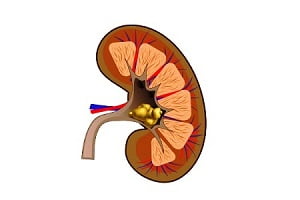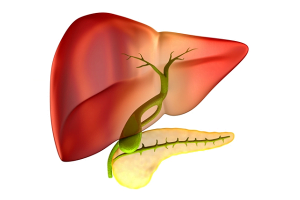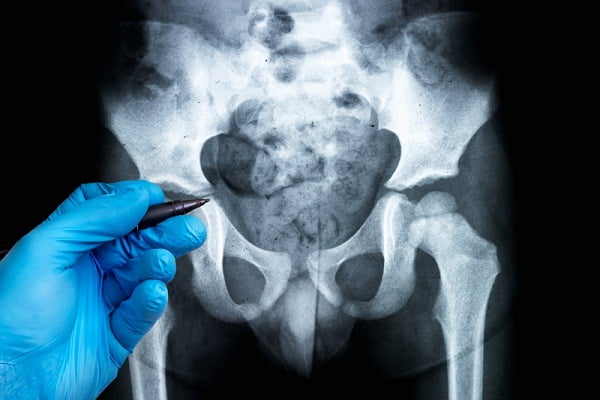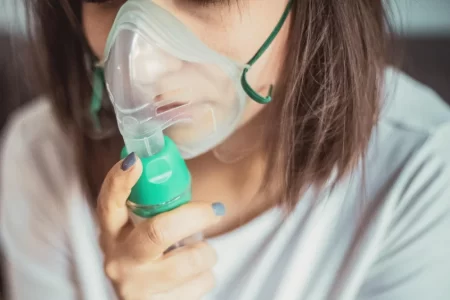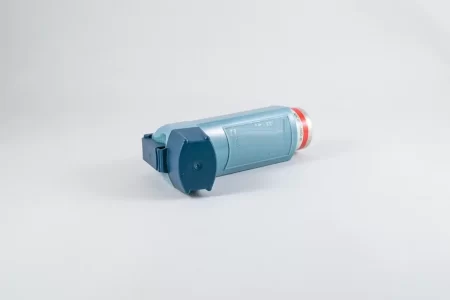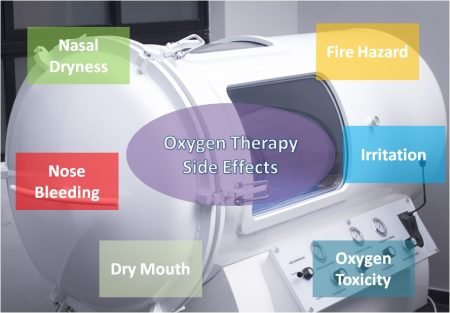What does End Stage COPD mean?
Chronic obstructive pulmonary disease or commonly called as COPD is a lung disease that affects a person’s lungs and their ability to breathe. One of the most common causes of COPD is smoking. COPD is a progressive condition which makes lungs inefficient for working properly. Lung tissue thickens and becomes inelastic in COPD, resulting in excessive mucus production.
Health professionals often classify COPD in four stages on the basis of how well the lungs are working. The most severe phase of COPD is end-stage COPD. At this stage, the disease exhibit severe symptoms and it becomes challenging to carry out regular activities and daily functions. End-stage COPD is the most severe stage of this disease. A person experiences more severe symptoms overall and has a high risk of acute exacerbations of his chronic breathing difficulties.
End-Stage COPD Symptoms
End stage COPD symptoms are worse as compared to its initial stages. The most common symptom is feeling out of breath. Some people’s breathing might get worse much rapidly, over weeks or months. People with end stage COPD show a noticeable, gradual worsening of their breathing. After each flare-up, or exacerbation, their lung function doesn’t get back to the level it was before the flare-up, and breathing becomes extremely difficult. Besides all these symptoms, certain other symptoms of end stage COPD are:
Low FEV1: Very low FEV1 (Forced Expiratory Volume) – almost less than 30% of the normal is found in end-stage COPD. FEV is the measurement of how much air a person exhales during a forced breath. This volume drops drastically through the four stages of COPD.
Chronic Respiratory Failure: When we exhale, carbon dioxide is expelled from the blood. Chronic respiratory failure occurs when the respiratory system is no more capable of expelling the carbon dioxide. However, it can also develop when our body is no longer able to inhale enough oxygen.
Shortness of Breath (dyspnea): While shortness of breath occurs in all stages of COPD, but it occurs even at rest condition also if the patient is in end-stage COPD.
Anxiety & Depression: As the condition worsens, patients are unable to do some of the tasks and daily activities they were otherwise doing previously. Because of this and some other worsening conditions, many people suffer from anxiety and depression. Some people even stop eating altogether.
Delirium: Many patients with advanced COPD disease experience delirium to some degree. These patients may be in and out of consciousness, restless, or incoherent.
Some other symptoms at end stage of the COPD are:
- Crackling sound while breathing
- Barrel chest
- Constant wheezing
- Out breaths that last very long
- Respiratory failure
- Pulmonary hypertension which can lead to heart failure
- Chronic cough
- Confusion, due to low oxygen levels
- Swelling in the arms, legs, or feet
- Loss of muscle strength
Living With End-Stage COPD
People with end-stage COPD should take precautions to prevent their symptoms from worsening. Each exacerbation can result in further lung damage and slow down the recovery. The Centers for Disease Control and Prevention (CDC) has suggested following measures to reduce the risk of exacerbations:
- Avoiding exposure to secondhand smoke
- Quitting smoking
- Checking the air quality outdoors every day
- Avoiding exposure to a lot of smog or a high pollen count
- Getting vaccinated against pneumonia and flu to prevent infections that could worsen the condition of the lungs
- Seeking immediate treatment if there are signs and symptoms of infection like yellow- or green-tinged sputum
- Following doctor’s instructions regarding the disease
- Taking prescribed medicines like bronchodilators to keep the airways as open as possible, corticosteroids to reduce inflammation, and oxygen therapy.
- Using aids that can help in quitting smoking. These aids are available for purchase online.
More about avoiding COPD exacerbation.
